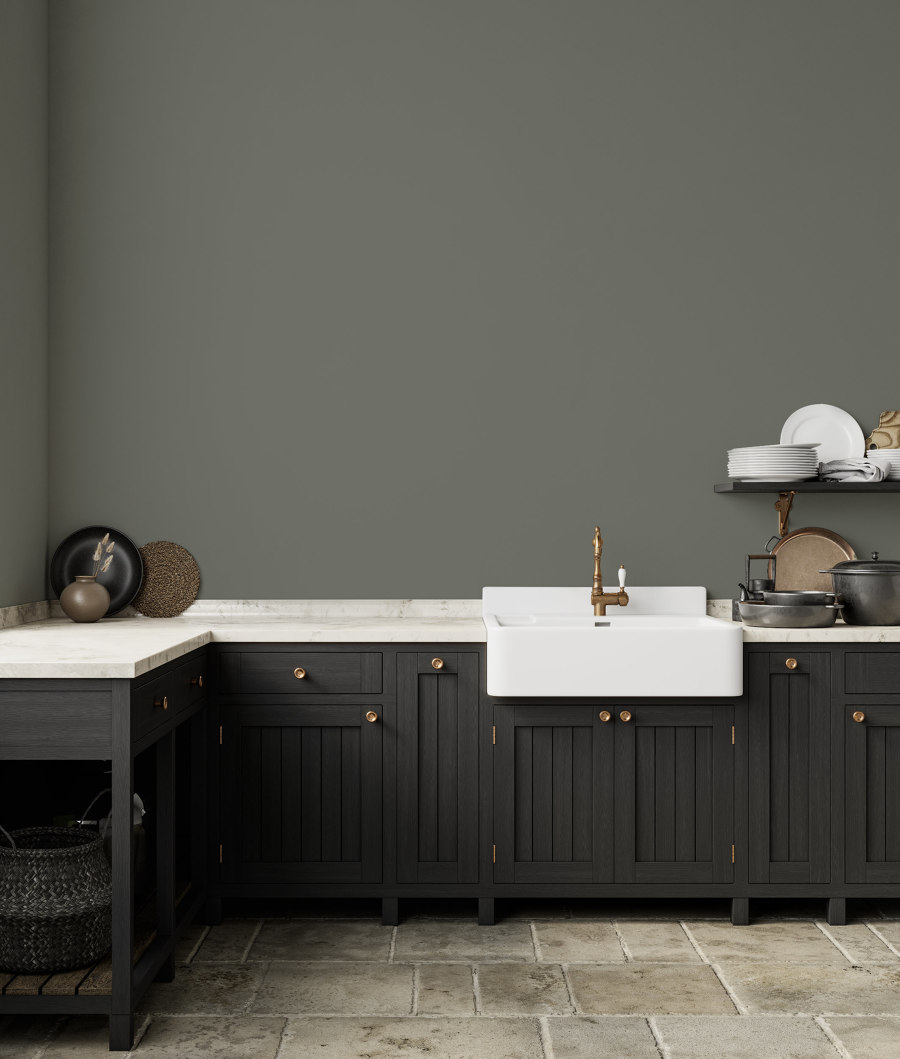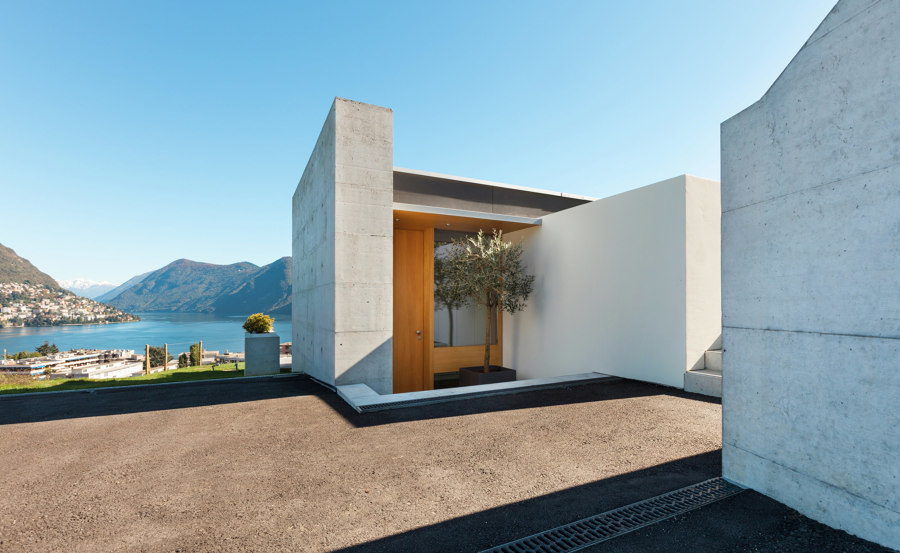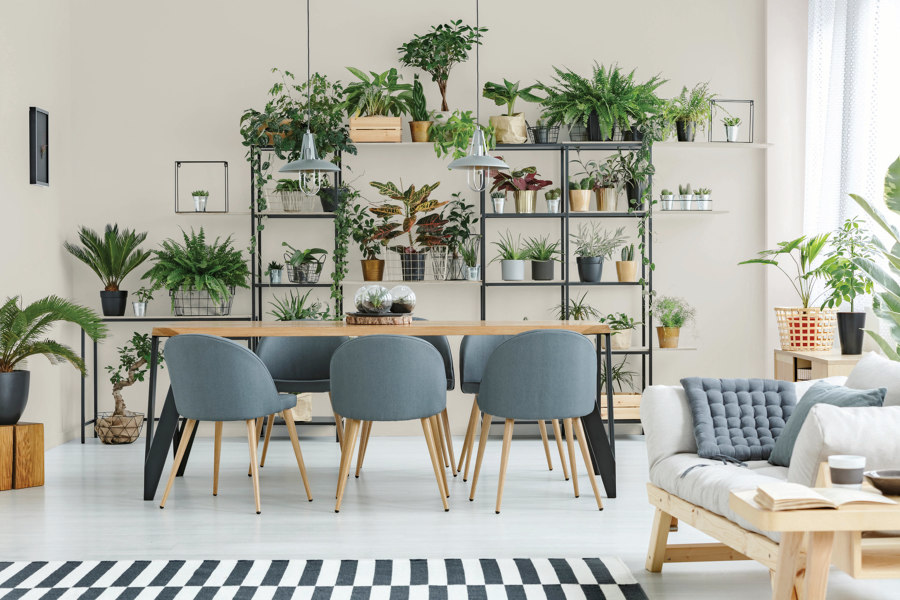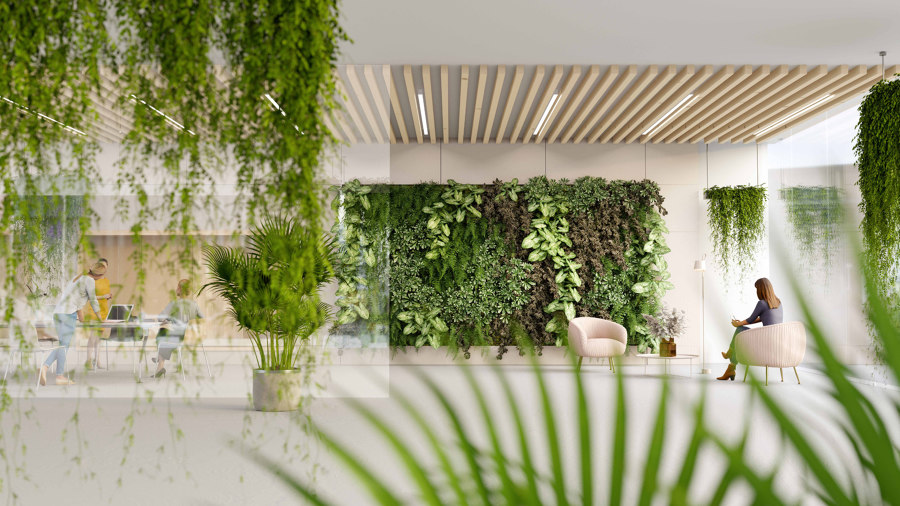Better building energy performance with Kraft Paints
Brand story by Nick Compton
Athens, Grèce
23.05.22
Greek brand Kraft Paints not only brings colour to the picture, its innovative and sustainably produced range of products also help architects in achieving their environmental certification goals.
Kraft is a leader in developing safer, kinder and more sustainably produced interior paints without sacrificing choice or quality of finish
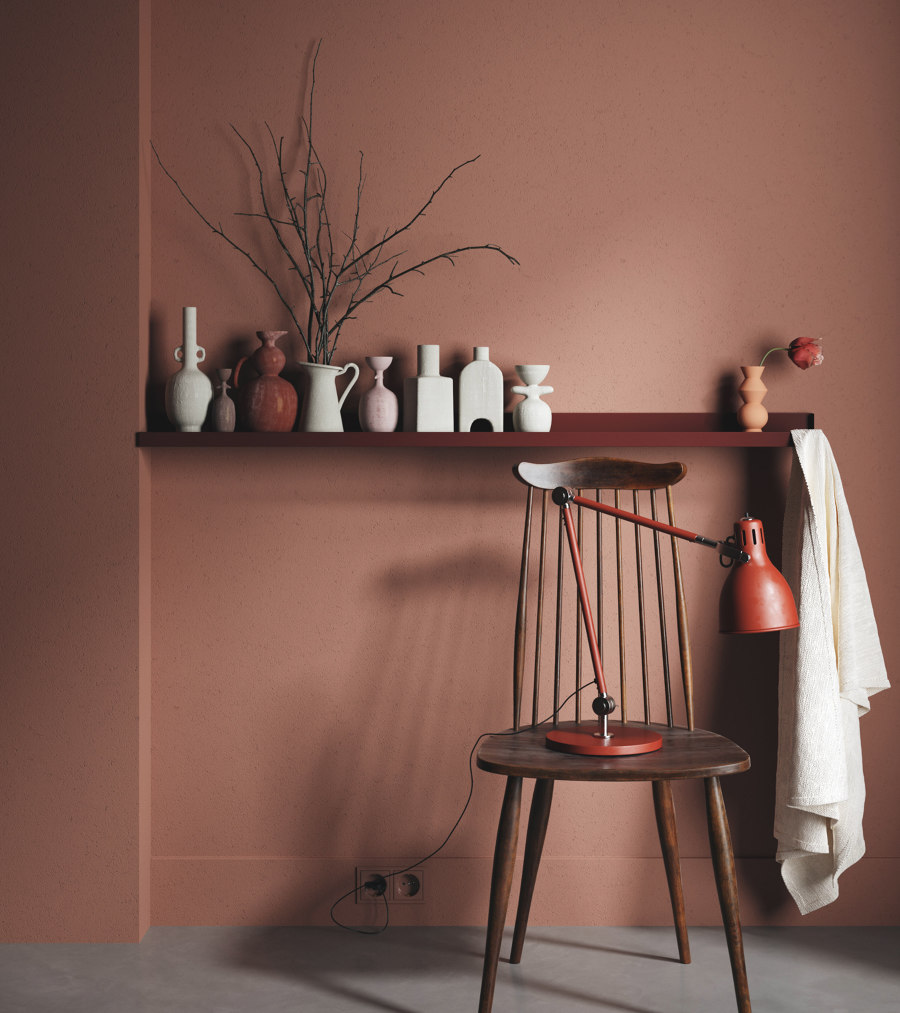
Kraft is a leader in developing safer, kinder and more sustainably produced interior paints without sacrificing choice or quality of finish
×Limiting the environmental impact of a building’s construction and after-life has become a priority for responsible architects and developers. The industry has made huge advances over the last decade but there’s a long way to go. The construction industry is still responsible for 38% of energy-related CO2 emissions globally according to the UN Environmental Programme.
Certifications from LEED (Leadership in Energy and Environmental Design), BREEAM (Building Research Establishment's Environmental Assessment Method) and others have become crucial tools for measuring a building’s immediate and ongoing environmental impact, auditing the sustainability credentials of materials and energy used when putting it up and how well it will behave, in sustainability terms, in the future.
Few outside the industry realise how much positive impact architectural paint, plasters and other interior and exterior treatments, especially when used with thermal insulation, can have on a building's environmental debt. And how big a part it can play in upping the performance of existing buildings.
Using Kraft’s Master Interior paint is a proven plus in ensuring a building’s LEED certification, making Kraft a trusted partner for architects and developers
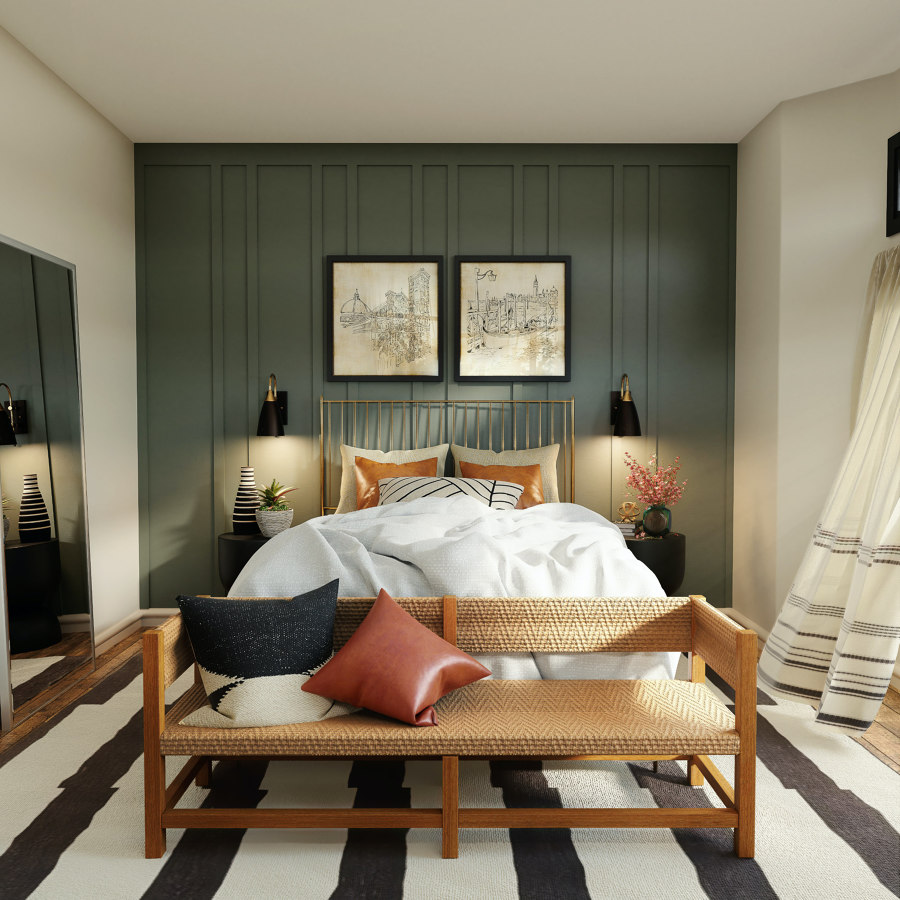
Using Kraft’s Master Interior paint is a proven plus in ensuring a building’s LEED certification, making Kraft a trusted partner for architects and developers
×Sustainably produced products
Kraft Paints, part of the Druckfarben group and based in Greece, is an industry leader in developing paints, treatments and insulation products that are more sustainably produced and that can help push a building towards net-zero in terms of energy use and carbon emissions.
Kraft’s R&D department is dedicated to creating better behaving buildings, new and old, and making net-zero construction a reality
Kraft's BIOCLIMA line, launched in 2010, is focused on developing thermal insulation systems and solar radiation reflection systems that contribute to a better energy rating for a building. A complete family of energy upgrade systems, the BIOCLIMA range includes insulating materials, base coats and final coats. Crucially, the BIOCLIMA line can be used in new buildings and also for transforming existing ones. Of course, a building’s environmental performance is as much about keeping heat out in the summer as it is reducing heat loss in the winter, especially in Kraft’s key southern European markets.
A building’s environmental performance can be as much about keeping heat out during the summer as retaining heat in the winter

A building’s environmental performance can be as much about keeping heat out during the summer as retaining heat in the winter
×Innovation and choice
Kraft’s CLIMAcool system includes exterior paints that deflect up to 90% of solar radiation. And Kraft works to make sure that these innovations don’t come at the cost of choice. It partnered with the National Technical University in Athens to test the solar reflectance of 186 different shades of paint.
All of this innovation has made Kraft an essential partner for leading architects and developers, especially on home territory
And Kraft is just as innovative in developing safer, kinder interior paints. Its Master interior paint family is certified by the Eurofins testing agency as contributing to the points required by the LEED certification system. Coming in Master, Master Eco, Master Easy Clean, Master Clean Air and Master Hydrocontrol varieties, all fulfil low product emissions requirements. And all of Kraft's Master paints carry Eurofins Indoor Air Comfort certification, which guarantees ultra-low pollutant levels, including VOC’s or volatile organic compounds, a key contributor to ‘sick building syndrome’.
Kraft’s R&D department is committed to better behaving buildings, new and old
Helping to make net-zero construction a reality
All of this innovation has made Kraft an essential partner for leading architects and developers, especially on home territory. A landmark project for Kraft was the conversion of an iconic modernist office building in central Athens into the five-star Electra Metropolis hotel, the first LEED-certified hotel in Greece. The redevelopment has been a spur for more sustainable practices across the country’s hospitality sector.
Kraft’s commitment to sustainability, though, begins on the home front, with its own operations. Over the last seven years, it has reduced its energy footprint by 23%, greenhouse gas emissions by 42% and the fuel used by its vehicle fleet by 42%. It also recycles over 40% of its waste and has been using recycled plastic in its packaging since way back in 2012. And of course, it is constantly looking for new ways to reduce waste and energy use.
From the use of recycled glass beads to bio-based resins derived from renewable materials, Kraft is constantly innovating in the use of more sustainable ingredients
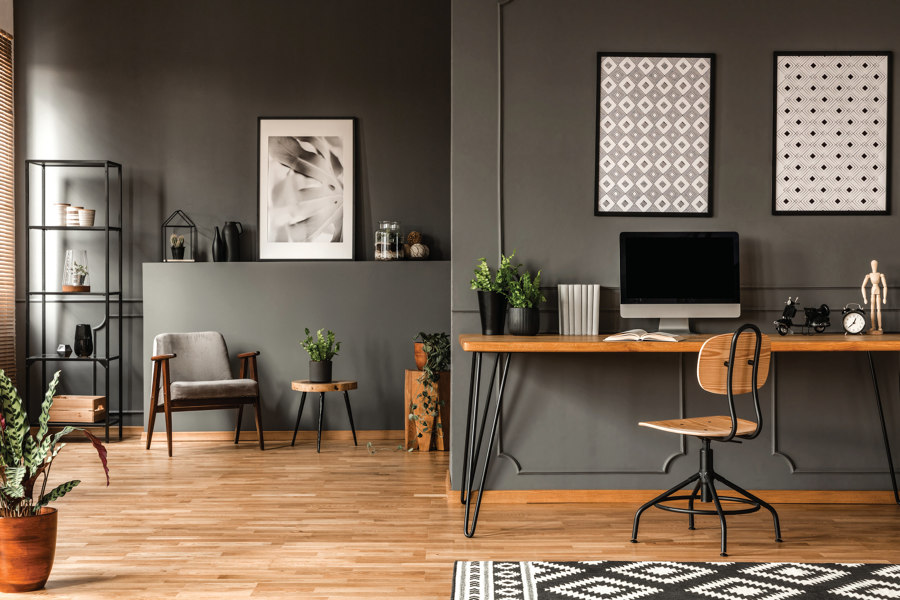
From the use of recycled glass beads to bio-based resins derived from renewable materials, Kraft is constantly innovating in the use of more sustainable ingredients
×That commitment is continued in ingredients and manufacturing. It uses Poraver’s recycled glass beads in its plasters as well as bio-based resins derived from renewable raw materials. Employing fermentation and bio-catalysis in manufacturing reduces energy and water consumption. And from creating a vegan paint to ongoing innovation around both insulation and cooling, Kraft’s R&D department is dedicated to creating better behaving buildings, new and old, and making net-zero construction a reality.
© Architonic


